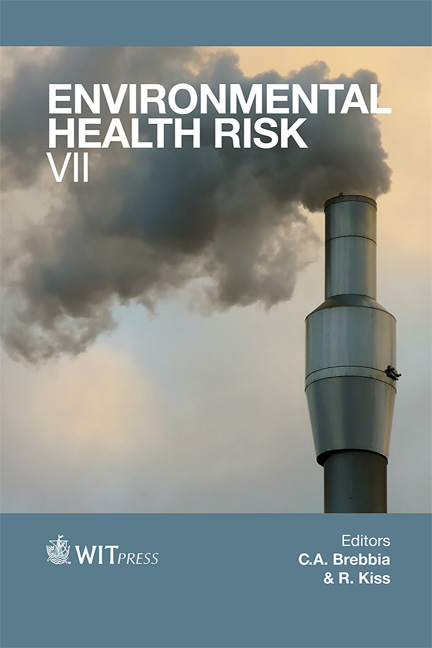Cyperus Longus L. As A Biological Purifier Of Wastewater For Irrigation Purposes: Removal Efficiency And Zn, Cd, Cu, Fe And Mn
Price
Free (open access)
Transaction
Volume
16
Pages
11
Page Range
249 - 259
Published
2013
Size
364 kb
Paper DOI
10.2495/EHR130211
Copyright
WIT Press
Author(s)
D. G. A. Ganjo & H. A. Mirza
Abstract
The common and cosmopolitan distributed wastewater macrophyte, namely, Cyperus longus L. was tested as a biological wastewater purifier. Indoor experiments were mainly based on conventional wastewater treatment processes, besides the specified design of sand filtration pots, implanted by C. longus L. Untreated and treated wastewater samples were analyzed for their key physicochemical properties and some heavy metals (only the removal efficiency of the heavy metals Zn, Cd, Cu, Fe and Mn by C. longus L. is highlighted in this paper). After 129 days (including 45 days, the time needed for the growth/stabilization of C. longus L. in experiment pots) the C. longus L. was harvested and heavy metals were analyzed in root and shoot systems. The removal efficiency (i.e. uptake/bioaccumulation rate) was then followed up. Results showed that the accumulation rate in the plant roots was much higher than the shoots. Higher metal bioaccumulation per cent was noted in roots; Zn (0.522%), Cu (0.821%), Fe (80.480%), Mn (1.886%) and Cd (0.659%) compared with control (irrigated with clean water); Zn (0.147%), Cu (0.167%), Fe (12.590%), Mn (0.331%) and Cd (0.124%). On the other hand, metal bioaccumulation per cent in shoot system was: Zn (0.412%), Cu (0.458%), Fe (4.540%), Mn (1.719%) and Cd (0.567%) compared with control. Always, the more replicated sand filtration pots the highest removal efficiency of heavy metals was achieved. Keywords: phytoremediation, Cyperus longus l., removal efficiency, heavy metals.
Keywords
Keywords: phytoremediation, Cyperus longus l., removal efficiency, heavy metals.





